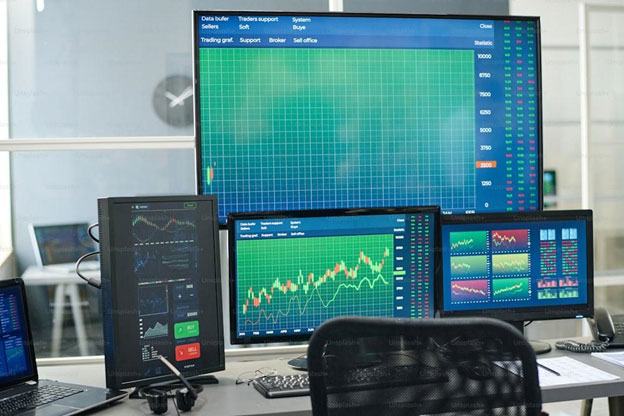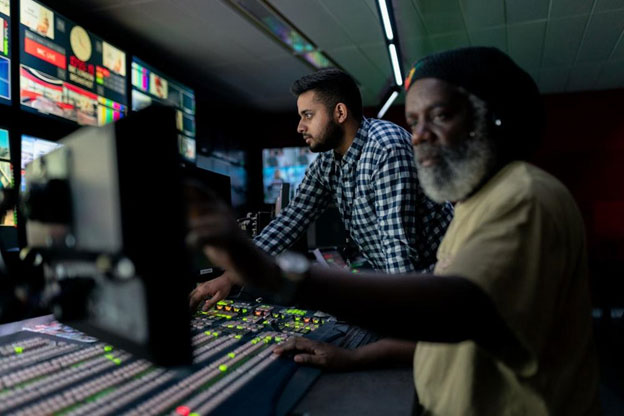
7 Innovative Trends in Tech Asset Tracking for 2024
By this New Year, 2024, businesses are finding themselves unable to effectively track their complex technology asset networks with every passing day. Now, with decentralization emerging as the norm in the new working models—remote or hybrid—that expensive array of devices and equipment is challenging to track.
Meanwhile, rapid hardware innovation meant that fleets were continuously updated and expanded. That is to say, keeping an accurate digital record of all the resources’ locations simultaneously turned into a logistic nightmare without the right tools.
Luckily, these growing priorities with tech asset management have driven innovation in this space. Companies are no longer limited to basic inventory lists and physical audits. This paper will investigate seven new and powerful innovations that will change how companies source, implement and support their technology resources in the coming year.

1. Increased Integration with IoT Sensors
One significant trend is to be equipped with IoT sensors in a tech asset for real-time location tracking. Small Bluetooth or Wi-Fi beacons can be snapped or clipped to assets like laptops, monitors, routers, and servers. Those IoT scanners interact with web-based asset management software platforms, giving location information minute by minute and automatically without manual scanning or checking.
This level of automatic asset tracking of IoT ensures that businesses always know the actual location of expensive tech equipment. The sensors will also read temperature, humidity, and motion to identify problems with the environment or the possibility of theft.
In the future, as IoT technology advances, we can expect more of these kinds of cheap, lightweight, and frugal trackers to be built right into the chassis of a device by manufacturers.
2. Use of Computer Vision and AI
Computer vision and artificial intelligence are also poised to transform tech asset management innovatively. Image recognition software can scan employee badge-in photos or security camera footage to track which employees have accessed certain office areas and equipment over time.
If an expensive laptop goes missing, AI can search video archives and identify the last person who physically handled the device.
AI is also powering new automated inventory audits. Robotic process automation (RPA) bots can crawl network folders, scan QR codes, perform hardware scans, and compile detailed asset reports without human involvement. Any discrepancies between the physical inventory and system records are flagged. This level of AI-driven automation dramatically reduces the time and effort spent on manual audits while improving accuracy.

3. Expanded Offline Tracking via Blockchain
Blockchain brings the ability to track tech assets even when offline or without internet connectivity. Each device’s immutable transaction history and ownership records can be stored in a decentralized digital ledger. Even if a laptop is stolen and its inventory tags removed, its origin and purchase details remain verifiable on the blockchain.
More asset management platforms are starting to incorporate blockchain as an additional layer of security alongside traditional online tracking via RFID/IoT. Offline devices can “check-in” whenever they reconnect, and the distributed ledger ensures data integrity without a single point of failure.
Blockchain will unlock new tracking capabilities for devices operating in remote or disconnected environments.
4. Utilization Tracking for Optimal Asset Deployment
Many innovative asset trackers now go beyond physical location to provide complete visibility into asset utilization and usage patterns. Sensors can monitor which applications and features are being used on laptops, monitors, and other office devices regularly.
Identifying underutilized equipment allows businesses to redeploy expensive assets more optimally, where they’ll generate the most value. Telematics data also provides insight into peak usage times so the correct number of devices are available.
As workforces adopt flexible models, utilization tracking ensures assets are distributed efficiently across employee locations.

5. Predictive Maintenance via Sensor Data Analytics
Pattern analytics on sensor histories help predict when maintenance or upgrades may be needed based on similar cases in the past. Businesses are notified proactively rather than reacting to sudden breakdowns. This minimizes downtime and repair expenses while extending asset life spans through preventative care.
Sensor data also drives more insightful procurement and budgeting decisions over time.

6. Enhanced Location Services via RTLS
Real-time location systems (RTLS) using Ultra Wideband, Bluetooth Low Energy, or WiFi help improve location accuracy to the room or shelf level compared to traditional GPS. RTLS tags communicate passively with hardware beacons or landmark transmitters to triangulate precise coordinates.
Finer-grained location tracking offers many advantages for tech assets. Devices can be geo-fenced, so alerts are generated if they move outside allowed perimeters. Navigation maps guide employees directly to available equipment stores. More immersive hybrid indoor/outdoor maps also integrate with planning and dispatch solutions. RTLS is poised to enhance technology fleets’ logistics, utilization, and security management.
7. Augmented/Virtual Reality for Remote Support
Emerging AR/VR technologies are finding innovative applications to manage tech assets remotely. Specialized AR smart glasses equipped with cameras allow help desk teams to offer live video assistance to on-site technicians through real-time visual overlays.
Complex hardware repairs and installations can be guided virtually. VR headsets also enable immersive 3D equipment visualizations and remote control of switches, routers, and servers when physical access isn’t possible.
As 5G networks roll out, low-latency augmented reality will increasingly replace the need for costly on-site support visits with remote experts seeing and assisting through a worker’s eyes.

Conclusion
Innovative solutions for effective asset tracking, management, and maintenance are essential as new technologies accelerate. Businesses need full transparency in constantly changing technology fleets across offices, remote worksites, supply chains, and beyond.
The trends outlined here represent some promising ways innovative platforms will revolutionize how companies gain complete visibility and optimize workflows around their most expensive capital investments in the coming years.
Integrating cutting-edge IoT, AI, blockchain, AR/VR, and other capabilities is critical to deriving maximum value from technology assets in increasingly digital work environments.





